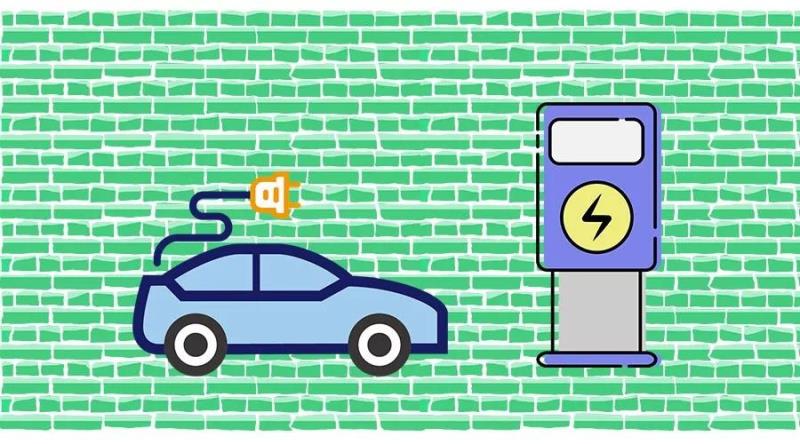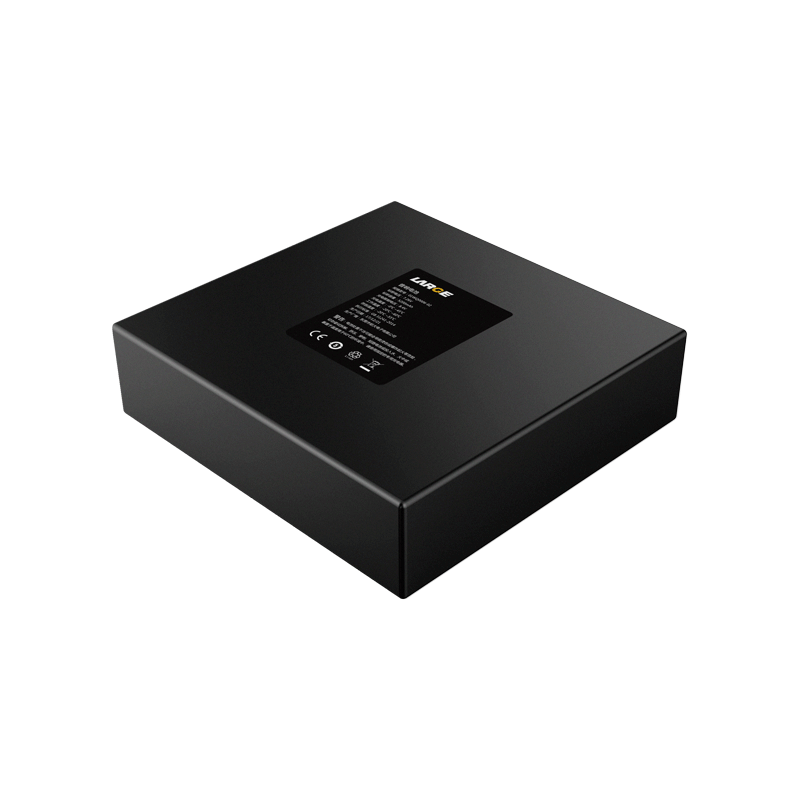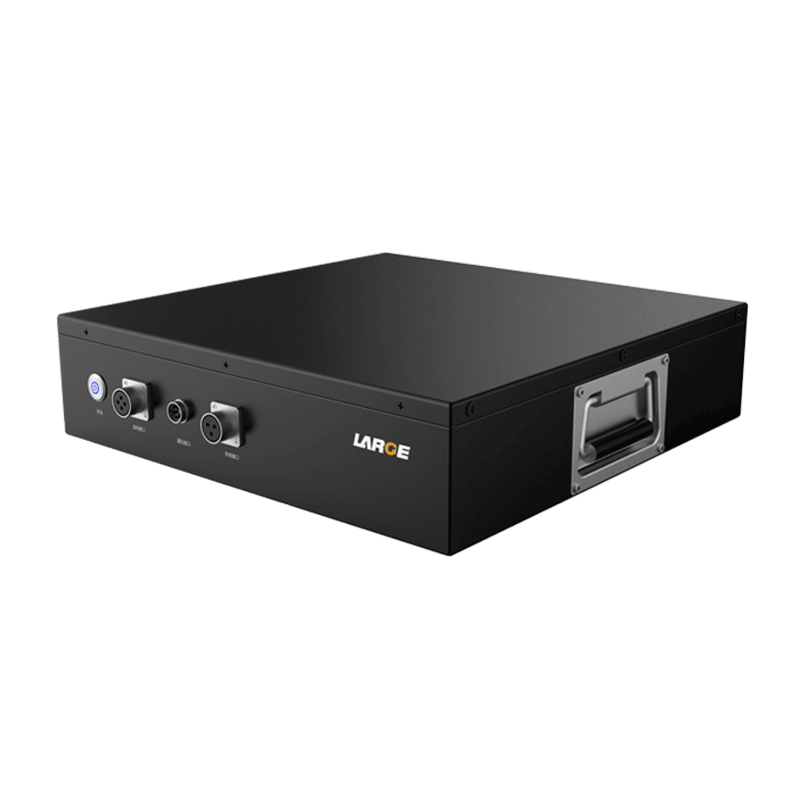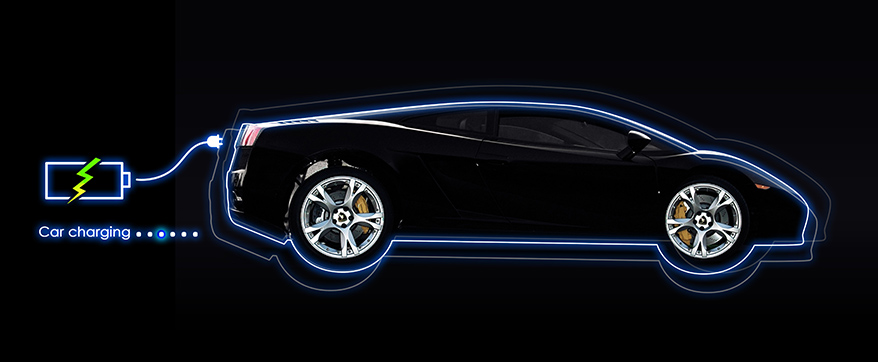Can a NiCad charger charge lithium ion batteries?
Aug 18, 2020 Pageview:15331
The answer is no.
NiCad battery voltage is 1.2V, lithium battery charge voltage is 3.7V, NiCad battery charger charging voltage is about 1.45V, and lithium battery charger is about 4.2V. Using NiCad charger charging lithium battery not only cannot charge the battery, but also may over discharge the lithium battery and damage the battery.
NiCad battery and lithium battery are made of two different materials with different nominal voltage, working principle, charge-discharge characteristics and environmental friendliness. For specific reference: Are NiCad and lithium-ion batteries interchangeable
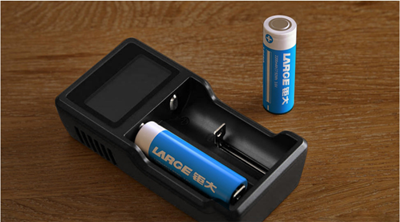
The popularity of Lithium batteries is incredible these days. Lithium batteries can be found in iPods, PDAs, laptops, and cell phones. They’re quite common because they are among the most energetic rechargeable batteries available today.
The constant ability of this battery to burst into flames is a feature that headlines it in the news lately – it’s not a common problem with Lithium batteries – just three or four out of a million Lithium batteries actually do this. But when this occurs, it’s often deadly.
Then, one may be prompted to ask what makes this battery so popular and energetic? How do they flame up? Can anything be done to prevent the problem or aid the longevity of your battery?
Here is couple of responses to that:
· Lithium batteries are basically lighter than other kinds of rechargeable batteries around the same size. Lithium batteries come with lightweight electrode made of Carbon and Lithium. Bear in mind that lithium is a highly reactive element; this implies that its atomic bond can store lots of energy. This converts into a very high energy density for lithium batteries.
· Lithium batteries can hold their charge. Only 5 percent charge is lost in a lithium battery every month, unlike the 20 percent loss experienced by NiMH batteries.
· Another good thing about Lithium batteries is it’s ability to handle charge and discharge of cycles.
· Lithium batteries have no memory effect. This implies that you do not need to totally discharge the battery before recharging it again.
These do not mean that Lithium batteries are flawless. They have their pitfalls such as:
· Lithium batteries are highly sensitive to temperatures especially high temperatures. Lithium batteries are quickly degraded by heat than they would generally do.
· Lithium batteries start degrading the moment they leave the manufacturing factory. It doesn’t matter whether it’s being used or not, they often last two to three years from the date of manufacture.
· A lithium battery will be completely ruined when completely discharged.
· Lithium batteries are somewhat expensive than they are already because they require an on-board computer to help manage the battery.
· There is tendency for a lithium battery to burst into flames if it fails.
Can I charge a Lithium battery with a NiCad charger?
What will happened if you try to charge your Lithium battery with a NiCad or NiMH battery? Well, even a non-expert will advise you not to do it because it is very dangerous. Charging lithium batteries with a NiCad charger may spark unnecessary fireworks and unless your full property is insured, you wouldn’t want to try that at home.
What are the differences between lithium battery and NiCad battery chargers?
Lithium battery also known as Li-ion batteries are often smaller in size, does not need high maintenance and the are deemed safer for use than NiCad batteries. Nickel-Cadmium batteries are said to be harmful to the environment hence Li-ion batteries are more in use than NiCad batteries. While they may be similar, they both differ in chemical composition, impact on environment, cost and even applications.
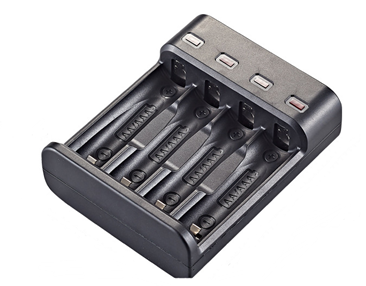
How to charge lithium ion battery properly
You can actually prolong a battery’s life if you correctly charge it. Charging and discharging batteries is a chemical reaction but Li-ion deemed to be an exception to that. Battery experts describe energies flowing in and out of a battery as part of ion movement between the cathode and the anode.
This claim seems true to some extent but if it’s exactly so, then batteries would last forever. Anyways, scientists blame fade in capacity of ions getting trapped, but as with other batteries, degenerative effects, internal corrosions and other factors also known as parasitic reactions on the electrodes and electrolytes still paly a role.
The Lithium charger is a voltage-limiting device that has features similar to the lead-acid system. The difference with Lithium is based on a higher voltage, tighter voltage tolerances and the absence of float or trickle charge when it’s fully charged.
Lead acid may offer some flexibility in relation to cut-off in voltage; producers of Li-ion cells are stringent on the appropriate setting because Li-ion cannot accept overcharging. The so-called “magic” charger that promises its users longer battery life, extra capacity, and other publicity stunt does not exist. Li-ion is a clean battery system and accepts only what it can absorb.
When the current drops to a certain level, the Lithium-ion battery is said to be fully charged. In cases of trickle charge, and cases where voltages drop, some Li-ion chargers apply topping charges. The complete period is 2 to 3 hours and the advised charge rate of an energy cell is around 0.5C and 1C.
To prolong battery life, manufacturers of Li-ion batteries recommend charging below 1C. The temperature of a Li-ion battery may rise to 9°F (5°C) when approaching full charge. This may occur due to the increased internal resistance. If the temperature rises above 18°F (10°C) under normal charging conditions, then you need to stop using the charger or the Li-ion battery.
Moreover, it is not advisable to fully charge a Li-ion battery because high voltages stress batteries. A partial charge or almost-full charge is okay for the battery.
For better battery performance, turn off the device during charge, and ensure you charge the device under normal temperature. DO not charge Li-ion batteries at freezing temperatures.
Before storing a battery, charge it to some 40 to 50%.
You can reach out to us for any enquiry regarding batteries.
- Prev Article: How much do you know about a large 18650 battery bank?
- Next Article: Do you know about electrochemistry of lithium ion battery?
Leave Message
Hottest Categories
-
Hottest Industry News
-
Latest Industry News




